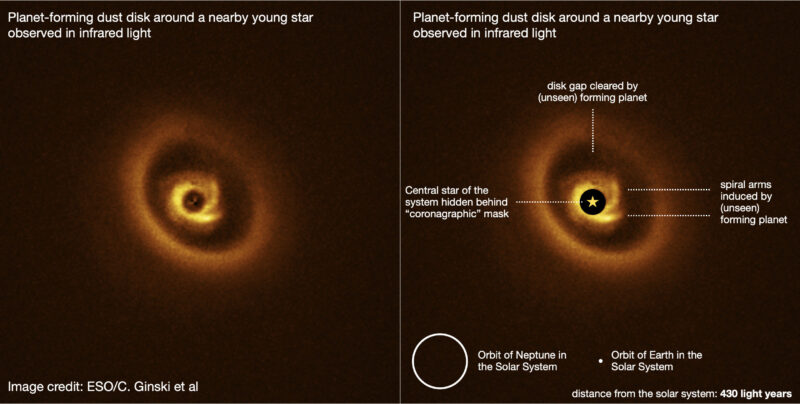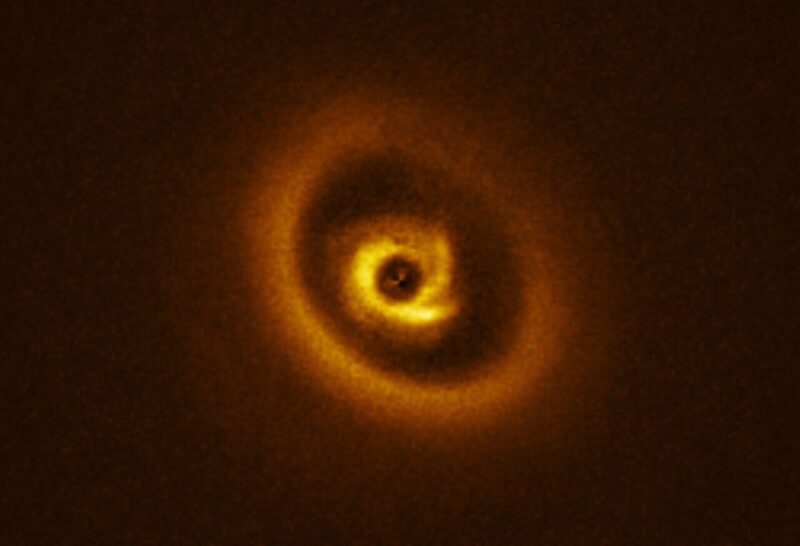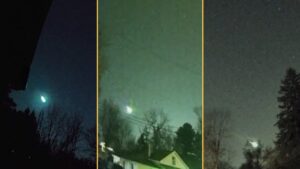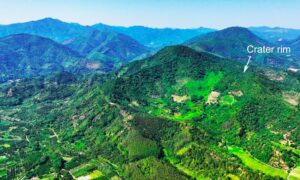Astronomers have filmed what seems to be the birth of a new planet within a swirling disk of dust and gas around a young star. On June 9, researchers photographed the cosmic event through the European Southern Observatory’s Very Large Telescope in Chile.
The star, RIK 113, sits within the Scorpius constellation, 431 light years away. A large, rotating protoplanetary disk of dust and gas left over from the star’s formation surrounds it. In theory, the disk should eventually condense under the star’s gravitational pressure to create a new planet. Some atmospheric emissions between the gas ring and the young star are also consistent with those that would be released from a planet in formation.
The images reveal complex structures within the disk, which extends out 130 astronomical units (19.5 billion kilometers) from the star it surrounds. Within this, there is also a bright ring that sits 50 astronomical units (7.5 billion kilometers) from its parent star. By comparison, Earth sits just one astronomical unit away from our sun.

Image: C. Ginski et al., 2025
The images show spiral arms extending out from the inner ring, and this part of the image has most excited astronomers.
“One rarely finds a system with both rings and spiral arms in a configuration that almost perfectly fits the predictions of how a forming planet is supposed to shape its parent disk according to theoretical models,” said the research team.
If the presence of a planet is confirmed, this would be one of the clearest examples of planetary birth that astronomers have ever observed. To confirm their theory, the team has secured valuable observation time on the James Webb Space Telescope, which should give even sharper views of the region.






